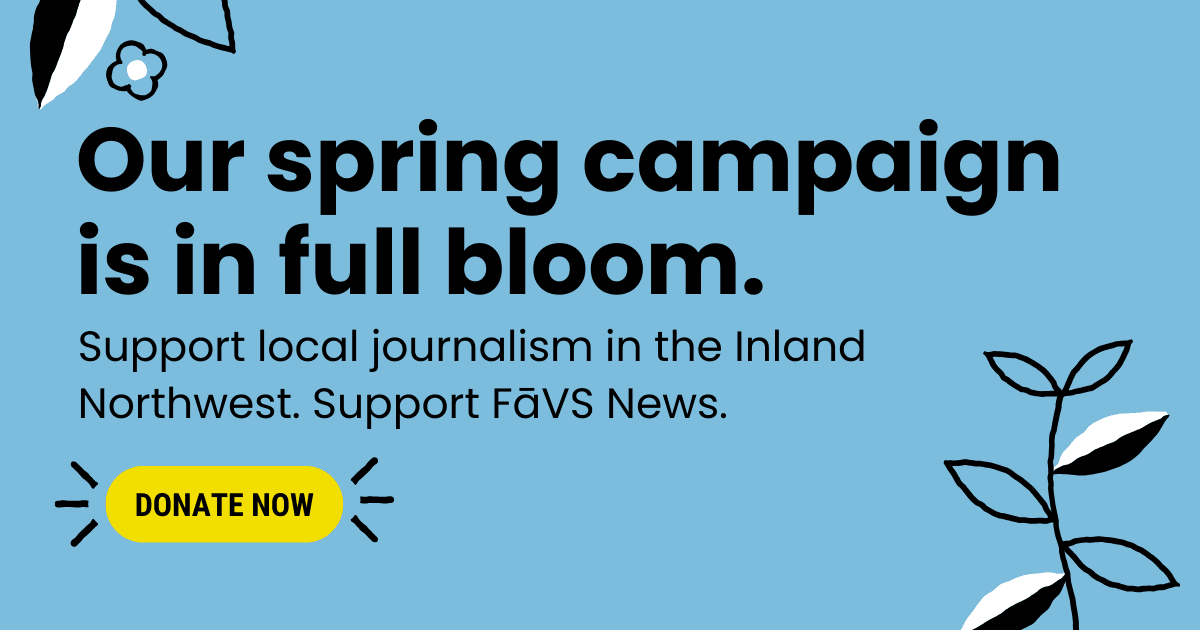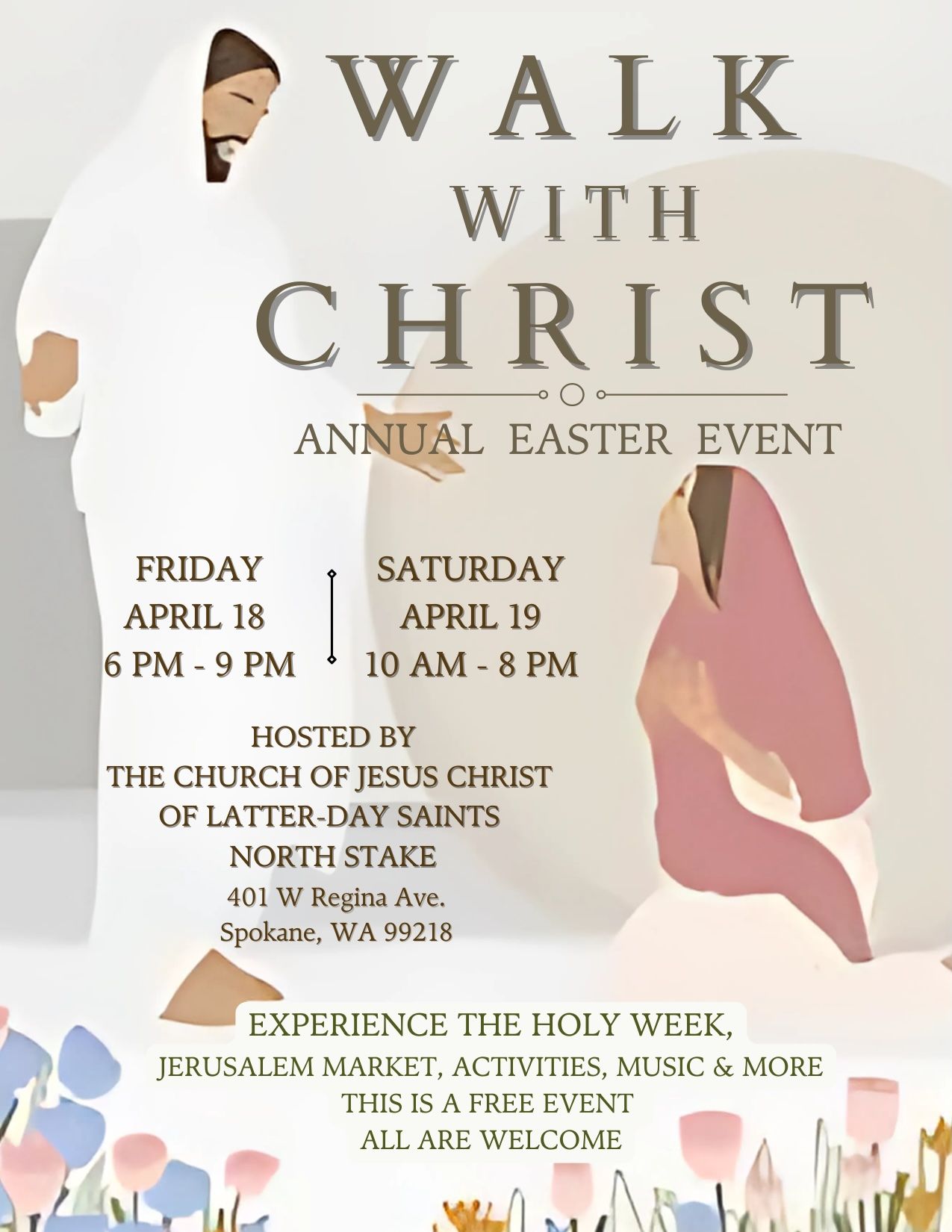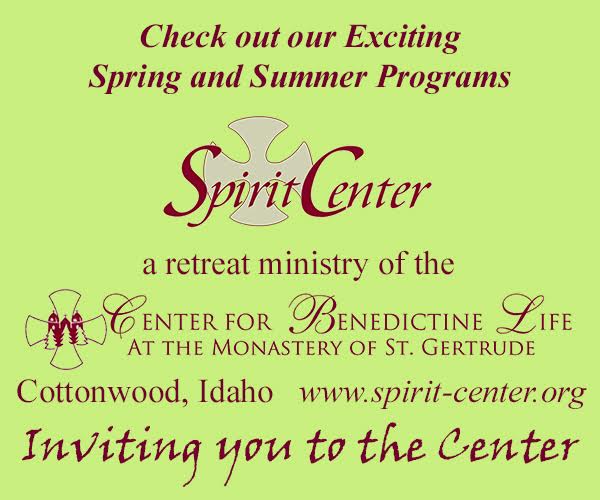By G. Jeffrey MacDonald | Exploring the Pandemic Impact on Congregations

When everything shut down in the early days of the pandemic, Vermont Episcopalians felt a bit like monks, cloistered at home and ready to pray. Bishop Shannon MacVean-Brown provided a monkish structure to guide them: a Zoom room for daily morning prayer and compline, which monks say together before going to sleep.
“It was a place where everyone could come,” said the MacVean-Brown, who led both daily services herself for the first few months.
The twice daily gatherings and set forms of prayer delivered orderliness at a time when the world was besieged by uncertainty. And in a diocese where one in three congregations is lay-led due to a clergy shortage, having access to a priest felt like a bonus for many.
“If they didn’t have a priest, they had a place to go every Sunday,” MacVean-Brown said.
Virtual Abbey
Now more than four years later, lives are back to normal and Vermonters have been worshipping in person for years. But the online, quasi-monastic congregation with pandemic origins lives on.
Around 15 to 20 faithful souls gather twice daily, except Sundays when they meet just once in the evening. The gathering has a name that acknowledges both its Vermont roots and its monastic rhythms: The Green Mountain Online Abbey.
What began as a means to facilitate community, comfort and closeness to Christ in an unsettled period has become a vehicle for provocatively shaping Christian life and character in more ordinary times.
Innovative Worship
Under direction from a priest and overseen by the bishop, the Abbey facilitates lay leader development, theological discussion, evangelism and ecumenism. It provides an easy-to-access venue for introducing bishop-approved phrasing, new ideas for discussion and rubrics for experimental use in worship.
“It’s not a traditional Sunday worship service, so there’s a lot more latitude,” Bishop MacVean-Brown said.
She lets the Abbey use certain liturgical elements that haven’t been approved church-wide for Eucharistic worship. That means attendees don’t always say the traditional Lord’s Prayer, for instance. Instead, they utter one that omits references to “Our Father” and “thy kingdom.” It’s described in the online bulletin as “an alternative Lord’s Prayer.”
“God is not always Father at the Abbey,” said MacVean-Brown, who speaks of the Abbey as “my baby.” “If it’s my parish, they have to hear other ways of talking about God.”
Abbey in Action
The Abbey’s spiritual life was on display at 8 a.m one Monday morning in August. Two laypeople took turns saying the leader parts aloud; a third spoke the people’s responses; the rest stayed on mute when speaking their parts, which were easy to find in a bulletin linked in the chat.
In place of a traditional creed, the congregation said an affirmation of faith that omitted references to Son of God and Jesus’ death. When time came for intercessory prayers, a few individuals unmuted. They bid prayers for two elders in hospice, a congregation in Stowe, a monastery, a retired bishop, all who are incarcerated and the guardianship of angels over loved ones who are traveling. The whole service took 20 minutes. Friendly greetings filled the final few seconds before the group signed off.
“We just threw you right into the hotspot, didn’t we?,” said one woman as she thanked the lay co-leaders, who said they appreciated the opportunity.
Now that Vermont has the Abbey, it’s like having a virtual center where people from far and wide can gather and seek God together. That’s the hope behind seasonal programs at the Abbey for Advent and Lent.
Reconciling Faith and History
The content can be challenging. One year, all were invited to confront a difficult part of Vermont’s Episcopal history. Participants discussed a book authored by Vermont’s first Episcopal bishop, John Henry Hopkins, in which he defends the practice of chattel slavery on Biblical and ecclesiastical grounds.
The Abbey’s ministry pursues ecumenical and social justice goals in tandem. As the dioceses of Vermont, New Hampshire and Maine are seeking new ways to collaborate, the Abbey convened a regional book study to get them on the same page, both literally and figuratively. Participants discussed The Church Cracked Open, a 2021 book that “explores the American story and the Episcopal story in order to find out how communities steeped in racism, establishment, and privilege can at last fall in love with Jesus.”
The Abbey is also fostering new faith commitments. Bishop MacVean-Brown recalls how a man felt alienated from his church, found the Abbey online, participated consistently in prayer services and asked to be confirmed Episcopalian. The Bishop confirmed him herself in a public ceremony.
“It was really touching to see him in person,” MacVean-Brown said. “The Abbey was how he found welcome in the church because he had been searching. He’s gay, and he didn’t have a place.”
Virtual Sanctuary
Though the Abbey on one level is a Zoom room like any other, it’s taken on a special status as a space defined by what the Bishop permits and encourages there.
And it’s not just the Bishop using it to make a mark. The Rev. adwoa Wilson, who serves as the Abbey’s vicar for discipleship and formation, and lay participants routinely suggest materials for use in the Abbey. If the bishop approves them, they become part of the diocese’s life through the online community.
The Abbey isn’t finished innovating. Coming soon: “Sunday school with the Bishop” will be offered Sundays before evening prayer begins. Bishop MacVean-Brown says she enjoys the format in part because of what’s uniquely possible online.
“There’s a different sort of intimacy” when people gather in the Abbey, MacVean-Brown said. “You don’t usually face each other when you’re in the church building. And also [in person], you’re not in somebody’s living room or their dining room or their bedroom sometimes or their porch or their study. Wherever they’re coming from, [in the Abbey] we get to see a little window into people’s lives.”









